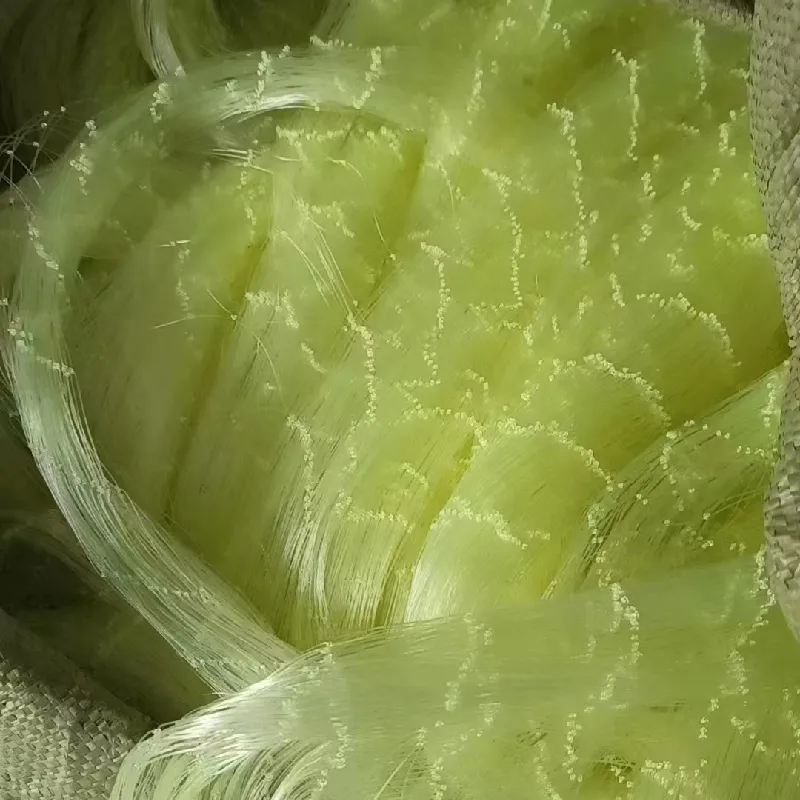-
 Afrikaans
Afrikaans -
 Albanian
Albanian -
 Amharic
Amharic -
 Arabic
Arabic -
 Armenian
Armenian -
 Azerbaijani
Azerbaijani -
 Basque
Basque -
 Belarusian
Belarusian -
 Bengali
Bengali -
 Bosnian
Bosnian -
 Bulgarian
Bulgarian -
 Catalan
Catalan -
 Cebuano
Cebuano -
 China
China -
 Corsican
Corsican -
 Croatian
Croatian -
 Czech
Czech -
 Danish
Danish -
 Dutch
Dutch -
 English
English -
 Esperanto
Esperanto -
 Estonian
Estonian -
 Finnish
Finnish -
 French
French -
 Frisian
Frisian -
 Galician
Galician -
 Georgian
Georgian -
 German
German -
 Greek
Greek -
 Gujarati
Gujarati -
 Haitian Creole
Haitian Creole -
 hausa
hausa -
 hawaiian
hawaiian -
 Hebrew
Hebrew -
 Hindi
Hindi -
 Miao
Miao -
 Hungarian
Hungarian -
 Icelandic
Icelandic -
 igbo
igbo -
 Indonesian
Indonesian -
 irish
irish -
 Italian
Italian -
 Japanese
Japanese -
 Javanese
Javanese -
 Kannada
Kannada -
 kazakh
kazakh -
 Khmer
Khmer -
 Rwandese
Rwandese -
 Korean
Korean -
 Kurdish
Kurdish -
 Kyrgyz
Kyrgyz -
 Lao
Lao -
 Latin
Latin -
 Latvian
Latvian -
 Lithuanian
Lithuanian -
 Luxembourgish
Luxembourgish -
 Macedonian
Macedonian -
 Malgashi
Malgashi -
 Malay
Malay -
 Malayalam
Malayalam -
 Maltese
Maltese -
 Maori
Maori -
 Marathi
Marathi -
 Mongolian
Mongolian -
 Myanmar
Myanmar -
 Nepali
Nepali -
 Norwegian
Norwegian -
 Norwegian
Norwegian -
 Occitan
Occitan -
 Pashto
Pashto -
 Persian
Persian -
 Polish
Polish -
 Portuguese
Portuguese -
 Punjabi
Punjabi -
 Romanian
Romanian -
 Russian
Russian -
 Samoan
Samoan -
 Scottish Gaelic
Scottish Gaelic -
 Serbian
Serbian -
 Sesotho
Sesotho -
 Shona
Shona -
 Sindhi
Sindhi -
 Sinhala
Sinhala -
 Slovak
Slovak -
 Slovenian
Slovenian -
 Somali
Somali -
 Spanish
Spanish -
 Sundanese
Sundanese -
 Swahili
Swahili -
 Swedish
Swedish -
 Tagalog
Tagalog -
 Tajik
Tajik -
 Tamil
Tamil -
 Tatar
Tatar -
 Telugu
Telugu -
 Thai
Thai -
 Turkish
Turkish -
 Turkmen
Turkmen -
 Ukrainian
Ukrainian -
 Urdu
Urdu -
 Uighur
Uighur -
 Uzbek
Uzbek -
 Vietnamese
Vietnamese -
 Welsh
Welsh -
 Bantu
Bantu -
 Yiddish
Yiddish -
 Yoruba
Yoruba -
 Zulu
Zulu
vineyard netting
The Importance of Vineyard Netting in Modern Viticulture
Vineyards, with their sprawling rows of grapevines, are not just aesthetically pleasing; they are also vital to the wine industry and agricultural economy. However, grapes are susceptible to various threats, including pests and birds. To protect these valuable crops, vineyard netting has emerged as an essential practice in modern viticulture.
Vineyard netting refers to the use of mesh material, typically made from polyethylene or polypropylene, strategically placed over grapevines. This protective barrier serves multiple purposes, the foremost being the prevention of bird damage. Birds are particularly fond of ripe grapes, and a flock of them can devastate a vineyard in a remarkably short amount of time. By covering the vines with netting, vineyard owners can significantly reduce their losses, ensuring a more successful harvest.
Moreover, vineyard netting also acts as a deterrent against various pests, such as insects that may lay eggs or cause damage to the fruit
. Certain types of netting can keep these adversaries at bay while still allowing beneficial insects to access the vines. This selective protection is crucial for maintaining a healthy ecosystem within the vineyard, promoting natural pest control and reducing the need for chemical interventions.vineyard netting

Another benefit of using netting is that it provides some level of protection from harsh weather conditions. For instance, during periods of heavy rain or hail, netting can help shield the grapes and leaves from physical damage. Additionally, it can reduce the impact of sunburn on grapes by diffusing harsh sunlight, which can otherwise lead to uneven ripening and potentially compromise the quality of the wine produced from those grapes.
Installation of vineyard netting must be done thoughtfully. The nets should be structured in a way that allows for adequate air circulation and sunlight penetration, both of which are crucial for vine health and grape maturation. Furthermore, vineyard operators must ensure that the nets are secure to prevent entanglement for wildlife, which may inadvertently find their way underneath.
As the demand for high-quality wine continues to grow, the adoption of vineyard netting is likely to become increasingly widespread. It not only safeguards against immediate threats but also contributes to the long-term sustainability of vineyard operations. By embracing such protective measures, vineyard owners can enhance yield quality and quantity while managing environmental impacts more effectively.
In conclusion, vineyard netting is a vital tool for grape growers, playing an essential role in protecting crops from birds, pests, and harsh weather. As the challenges in viticulture continue to evolve, implementing effective strategies like netting can be the key to a thriving vineyard and, ultimately, a successful wine business.
-
Shipping Plastic Bags for Every NeedNewsJul.24,2025
-
Safety Netting: Your Shield in ConstructionNewsJul.24,2025
-
Plastic Mesh Netting for Everyday UseNewsJul.24,2025
-
Nylon Netting for Every UseNewsJul.24,2025
-
Mesh Breeder Box for Fish TanksNewsJul.24,2025
-
Expanded Steel Mesh Offers Durable VersatilityNewsJul.24,2025











